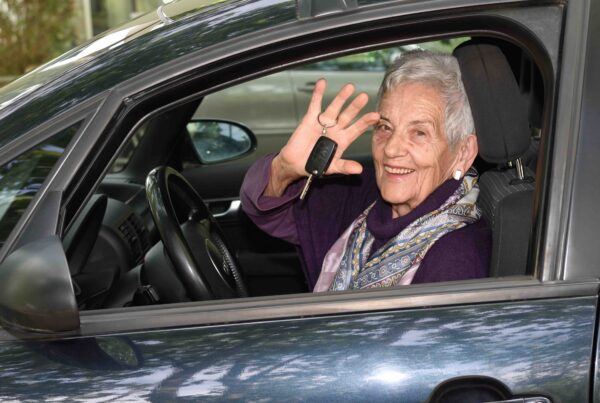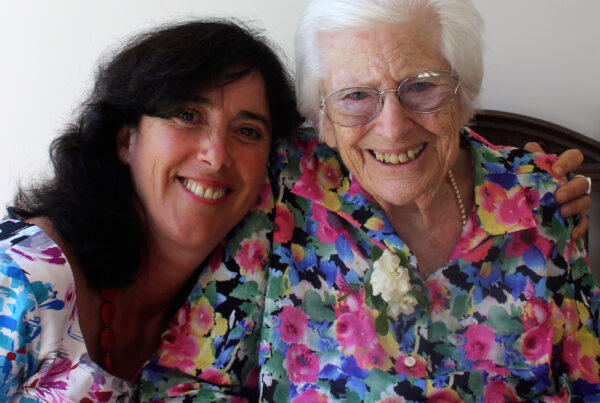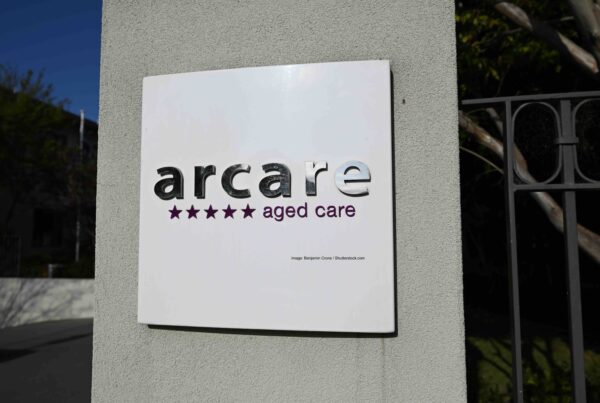Australians are living longer than at any time in our history. The intergenerational report predicts that 40,000 people will celebrate their 100th birthday in 2055. If history is any guide, around 6.5% of these centenarians will live in an aged care home.
Aged care homes are places where our most vulnerable older people live. How do we ensure the highest possible standards of care?
The federal government claims that a consumer driven, free market based residential aged care system will provide “world class” care. However, the so-called “consumers” are often frail, elderly people, many with dementia. How can they demand a high quality service on the free market?
There are around 2,700 aged care homes in Australia. Although some are excellent, many aged care homes operate without enough staff. Managers who are under pressure to meet their profit targets do so by reducing staff, placing vulnerable residents at risk.
When heartbreaking stories about inadequate personal care, neglect, abuse and negligence are reported in the media, the aged care industry claims these stories as “one-offs”. But are they?
Recently, incidents of appalling standards of care were reported in Oakden (South Australia), Tricare (Queensland), Opal Raymond Terrace Gardens (NSW) and Opal Lakeview (Victoria). All four aged care homes had been accredited by the Australian Aged Care Quality Agency.
Oakden Older Persons Mental Health Service, for example, had passed three accreditations during the past nine years, despite relatives’ ongoing allegations of poor standards of care. Oakden received a perfect score (i.e. passing 44/44 standards) at all three accreditations.
After the South Australian chief psychiatrist reviewed Oakden, the federal government was forced to respond. The aged care minister, Ken Wyatt, began by reassuring the public: “The overwhelming majority of facilities provide excellent care”. He then followed by announcing reviews, inquiries, thinktanks and task forces.
According to the “Yes Minister” script, there are two basic rules of government: Never look into anything you don’t have to. And never set up an enquiry unless you know in advance what its findings will be.
The first review, the Aged Care Legislated Review, assessed the impact and effectiveness of the recent aged care reforms. Although quality of care is an important indicator of the effectiveness of the reforms, “quality and safety” were outside the scope of this review. However, when tabled in parliament in September, it concluded: “there is no evidence to suggest that there has been a decline in the quality of care since the Living Longer Living Better reforms”.
The second review, the Review Of National Aged Care Quality Regulatory Processes, was released last week. The reviewers claim there is “evidence” that “the residential aged care system is one of relatively high-quality care” though they are not explicit about this evidence.
In response to the review on regulatory processes, the federal government announced that accreditation would in the future rely only on unannounced visits to aged care homes. There were bells and whistles. However, this is not a new initiative. During the 2015-16 financial year, the quality agency undertook 2,866 unannounced visits.
Rather than tinker around the edges, the federal government needs to face the elephant in the room: staffing in aged care homes. A key to quality care in aged care homes is a high ratio of staff-to-residents. However, unlike childcare centres and hospitals, there is no federal legislative requirement for aged care homes to have mandated staff ratios or skill prerequisites. The decision whether to have a registered nurse on duty is at the discretion of the provider.
A good aged care home employs an adequate number of registered nurses. Numerous studies show that when registered nurses are on duty, residents have better health outcomes, a higher quality of life and fewer hospital admissions. It is alarming that registered nurses now account for only 15% of the aged care workforce. Personal care attendants undertake most direct care.
Although many PCAs treat residents with respect and kindness, their training is variable. A review found training programs were too short. A 5-week course does not equip graduates to work competently with older people, particularly those with dementia.
Staff in aged care homes are often hard-working, dedicated people doing a very difficult job for not much pay. When an aged care home has insufficient staff, there may not be time to walk residents to the toilet or even help them out of bed. All too often relatives feed, shower and dress residents because staff are too busy.
The aged care minister claims 40% of residents have no visitors. This is a damning though unverifiable statistic. Residents with no visitors should be referred to the community visitors scheme. Are staff too busy to pick up the phone?
Research laid out in my report suggests that media accounts about poor standards of care are merely the tip of the iceberg. This research describes serious systemic problems in our residential aged care system.
Older people living in aged care home need to be protected in the form of effective regulation, mandated staff ratios and a rigorous accreditation system. The care of vulnerable older people is too important to be left to the whims of the free market.
First published in The Guardian on 31 October 2017



